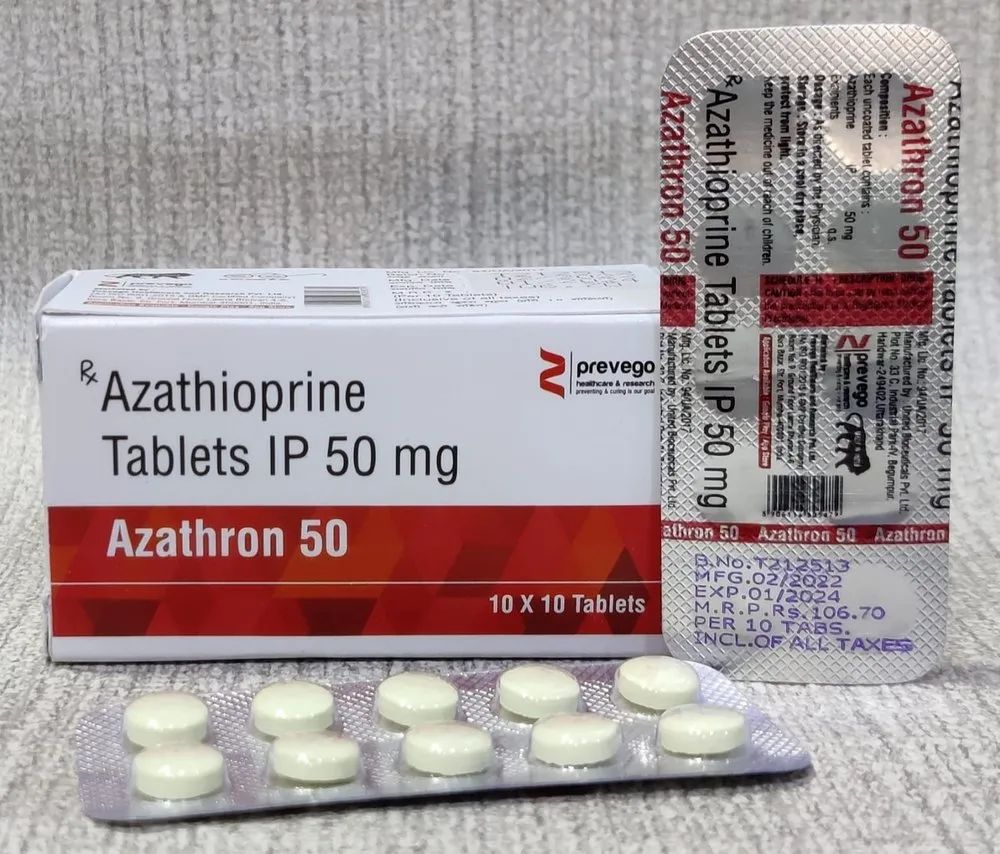Opthalmoneuromyelitis: Symptom, Causes, Treatment
What are the symptoms of opthalmoneuromyelitis?
Ophthalmoneuromyelitis, also known as Devic’s disease or neuromyelitis optica (NMO), is a rare autoimmune disorder that primarily affects the optic nerves and spinal cord.
Symptoms of ophthalmoneuromyelitis can vary but may include:
- Optic Neuritis: Inflammation of the optic nerves, which can cause sudden vision loss, eye pain (especially with eye movement), and color vision disturbances.
- Transverse Myelitis: Inflammation of the spinal cord, which can cause weakness, numbness, or paralysis of the limbs, as well as bladder and bowel dysfunction.
- Pain: Severe, sharp, or stabbing pain in the eyes, back, or limbs.
- Weakness: Muscle weakness, particularly in the arms and legs.
- Numbness or Tingling: Sensations of numbness, tingling, or pins and needles in the limbs.
- Bladder and Bowel Dysfunction: Difficulty urinating or having bowel movements.
- Fatigue: Persistent fatigue that is not relieved by rest.
- Nausea and Vomiting: Especially if the area of the brain that controls these functions is affected.
- Spasms or Seizures: In some cases, ophthalmoneuromyelitis can cause muscle spasms or seizures.
- Cognitive Changes: Rarely, some individuals may experience cognitive changes such as memory problems or confusion.
It’s important to note that symptoms of ophthalmoneuromyelitis can be similar to other neurological conditions, so a thorough evaluation by a healthcare professional is necessary for an accurate diagnosis. Ophthalmoneuromyelitis is typically diagnosed based on clinical symptoms, MRI findings, and laboratory tests to detect specific antibodies associated with the condition. Early diagnosis and treatment are important to help manage symptoms and prevent complications.
What are the causes of opthalmoneuromyelitis?
Neuromyelitis optica (NMO), also known as Devic’s disease or ophthalmoneuromyelitis, is an autoimmune disorder in which the immune system mistakenly attacks the optic nerves and spinal cord. The exact cause of NMO is not fully understood, but it is believed to involve a combination of genetic, environmental, and immunological factors.
One of the key features of NMO is the presence of antibodies that target a protein called aquaporin-4 (AQP4), which is found in high levels on cells in the optic nerves and spinal cord. These antibodies, known as aquaporin-4 antibodies or NMO-IgG, are believed to play a central role in the development of NMO by causing inflammation and damage to these areas of the central nervous system.
In addition to the presence of AQP4 antibodies, other factors that may contribute to the development of NMO include:
- Genetic factors: Certain genetic variations may increase the risk of developing NMO.
- Environmental triggers: Exposure to certain environmental factors, such as infections or toxins, may trigger the immune system to attack the central nervous system in susceptible individuals.
- Other autoimmune conditions: NMO is more common in individuals who have other autoimmune diseases, such as lupus or Sjogren’s syndrome, suggesting a shared underlying mechanism.
Overall, NMO is thought to be a complex autoimmune disorder that results from a combination of genetic predisposition, environmental triggers, and dysregulation of the immune system. Further research is needed to fully understand the underlying causes of NMO and develop more effective treatments.
What is the treatment for opthalmoneuromyelitis?
The treatment for neuromyelitis optica (NMO), also known as ophthalmoneuromyelitis or Devic’s disease, focuses on reducing inflammation, preventing relapses, and managing symptoms. Treatment may include:
- Corticosteroids: High-dose corticosteroids, such as methylprednisolone, are often used to reduce inflammation during acute relapses of NMO. They can help shorten the duration and severity of symptoms.
- Immunosuppressive Therapy: Medications that suppress the immune system, such as azathioprine, mycophenolate mofetil, rituximab, or methotrexate, may be used to prevent relapses and reduce the frequency and severity of attacks.
- Plasma Exchange (Plasmapheresis): Plasma exchange may be used in severe cases of NMO that do not respond to corticosteroids or other treatments. It involves removing and replacing the liquid portion of the blood (plasma) to remove harmful antibodies.
- Intravenous Immunoglobulin (IVIG): IVIG is a treatment that involves infusions of antibodies from donated blood. It may be used as an alternative or adjunct to other treatments to help modulate the immune response.
- Symptomatic Treatment: Medications and therapies may be used to manage specific symptoms of NMO, such as pain, muscle spasms, bladder dysfunction, and fatigue.
- Rehabilitation Therapy: Physical therapy, occupational therapy, and other rehabilitation therapies can help improve mobility, strength, and overall quality of life for individuals with NMO.
- Disease-Modifying Therapies (DMTs): Several medications have been approved specifically for the treatment of NMO, including eculizumab and inebilizumab. These medications target specific aspects of the immune system involved in the development of NMO.
Treatment for NMO is typically tailored to the individual based on the severity of the condition, the frequency and severity of relapses, and other factors. It’s important for individuals with NMO to work closely with a healthcare team experienced in managing the condition to develop a comprehensive treatment plan. Early diagnosis and treatment can help manage symptoms, prevent relapses, and preserve neurological function.




